The Scarcity Principle: How 7 Brands Created High Demand
If you took the same Introduction to Economics class that I struggled through in college, you might remember this key lesson: The law of supply and demand states that a low supply and high demand for a product will...

If you took the same Introduction to Economics class that I struggled through in college, you might remember this key lesson: The law of supply and demand states that a low supply and high demand for a product will typically increase its price. Why am I telling you about basic economic rules? Because changes in the supply and demand of products can result in the scarcity principle coming into play. In this post, we'll learn what the scarcity principle is and how you can use it to create high demand. The scarcity principle of persuasion coined by Dr. Robert Cialdini means the rarer or more difficult it is to obtain a product, offer, or piece of content is, the more valuable it becomes. Because we think the product will soon be unavailable to us, we're more likely to buy it than if there were no impression of scarcity. The perceived scarcity can inspire a sense of urgency within consumers, and they make purchasing decisions faster than they usually might. People are also more willing to pay more money because a cost-benefit analysis might say that losing out on a product or service is worse than the money it costs to get it. When a product or service is low in supply, consumer demand rises as people want to purchase it before it becomes available. In this scenario, some businesses opt to raise prices because of the increased demand, which is how the scarcity principle can increase profits. Marketers leverage the psychological response to scarcity, which is consumers not wanting to miss out on what others have. A customer might think that a product, offer, or piece of content is difficult to get because it’s so valuable that people keep buying it. This can cause them to take quick action and purchase before time runs out because they want to experience the same value as their peers. Marketers might activate the scarcity response in consumers by doing things like: Brands can use the scarcity principle to persuade people to fill out a lead form, purchase a product, or take another desired action. Here's an example: On many air travel booking sites, such as KAYAK, flight listings are displayed with a note that only a few seats are left at a certain price. Check it out below: We know that airfare pricing is incredibly volatile – that's why some of us wait until certain times or days of the week to make purchases – so the knowledge that only one seat is available at that price makes me think I should buy it now, instead of waiting and running the risk of paying more later. Now that we're all up to speed on scarcity, we wanted to highlight brands that have successfully used the scarcity principle to market and sell different products. Let's go over some real-life scarcity principle examples. Nike releases limited-stock and limited-edition shoes within its SNKRs app. The limited stock inspires customers to get ready in the app minutes ahead of time to make sure they join the queue exactly when it opens to maximize their chances of getting a shoe. Nike has said that entries are selected randomly based on the availability of shoe size, hinting that it might be more of a random lottery than a matter of who is in line first. Despite this, the scarcity principle is in play here, so much so that people have built specialized bots to monitor the website and immediately enter buyer information when the timer goes off. Snapchat's parent company, Snap Inc., unveiled Snapchat Spectacles in September 2016: sunglasses that could record 10-second videos from the perspective of the wearer. Spectacles were initially only sold via Snapbots -- smiling, Snapchat-themed vending machines randomly dropped in cities around the United States. Blog posts and social media comments about the unique selling approach helped fuel even more interest in the products. There were never announcements before the arrival of Snapbots – most awareness was generated on social media channels, and huge lines of people would queue hoping to purchase Spectacles before the Snapbot ran out of stock for the day. Spectacles are now sold online or at a few more permanent pop-up locations, but initially, spectacles were available for a limited time only -- just the day the Snapbot was in your city, and you had to beat everyone else trying to buy Spectacles before the machine sold out. When Nintendo released the Wii gaming console in 2006, it was one of the hottest commodities on the market. People lined up to get their hands on the Wii as soon as possible, but the mania didn't end there. For nearly three years, the Wii was flying off the shelves, and gaming stores couldn't keep shelves stocked -- despite Nintendo increasing its supply to 1.8 million and then 2.4 million units of production per month. By starting out with a low monthly production number, Nintendo ensured that customers would be clamoring to buy more right off the bat. The scarcity complex here made people desperate to buy a Wii whenever they could -- especially after a Nintendo executive advised shoppers to "stalk the UPS driver" and to figure out when Wiis were being delivered to stores to get their hands on one. Coffee lovers have decried Starbucks for adding the "unicorn frappuccino" to its menu – made of ice cream, fruit flavors, and sour candy – but people couldn't get enough of the brightly colored, highly Instagrammable drink. After stating on its website that the specialty drink would only be available for a few days, Starbucks was flooded with unicorn frappuccino orders – which quickly sold out within the first day. There are no sales numbers available for the specialty drink, but there are nearly 160,000 #unicornfrappuccino posts on Instagram. Starbucks gets a lot of orders – and social media engagement – during another of its notorious limited-time offers – the Starbucks Red Cups. During December holiday season, Starbucks starts serving coffee in red cups for a limited time only to drive people into cafes and to get them to share #RedCups photos on social media. In this case, scarcity + food and drink is the magic equation. Girlfriend Collective's offer was simple: For a limited time, if you paid for the cost of shipping, the brand would send you a pair of $100 leggings for free. All you had to do was share a link to its website on Facebook. Girlfriend Collective had just launched its website, and it was asking its consumers to spread the word about the leggings so it could dedicate 100% of its advertising budget to leggings production. And if you think about it, that was a smart approach. After all, which are you more willing to trust: a Facebook ad offering free leggings or half of your friends in your News Feed advocating for the offer? Using this model, Girlfriend Collective "sold" 10,000 pairs of leggings just on the first day of the campaign – in addition to the myriad of fans and buzz it scored as a by-product. The one-two punch of "limited supply" and "free" made this offer irresistible – even to me. Groupon partners with different businesses to offer discounted services in exchange for new customers – and a split of the revenue. The site often uses a limited-time remaining warning (pictured above) to encourage visitors to buy quickly at the risk of missing out on a good deal. For some deals, Groupon uses a few marketing psychology persuasion tactics to encourage you to buy. Check out the deal below: This deal uses the scarcity principle and social proof to encourage you to buy it – it's only available for a limited time, and almost 600 other people have already purchased it and rated it highly. These strategies work well – Groupon made more than $3 billion last year. The beloved TOMS shoes offer a great value proposition beyond comfort and style: For every pair of shoes purchased, TOMS donates a pair to a child in need. TOMS takes that a step further by partnering with other advocacy organizations to share sales revenue to benefit other worthy causes. Because the brand knows its customers are already philanthropic, it's a safe bet they'll want to purchase shoes benefiting other causes (such as pandas in the example above), but they still might need a push. So TOMS created a mini-site about why TOMS and WildAid are partnering, along with some fun facts about pandas and unique panda-themed shoe designs. Then, once the visitor has read the entire compelling site and started browsing the vegan, panda-friendly footwear options, TOMS subtly lets them know that the shoes are only available for a short period of time. In other words, helping cute pandas is only an option for a limited time, too. TOMS' approach of using the scarcity complex to encourage shopping and philanthropy works here. Invoking the scarcity principle to promote and sell a product can be an effective persuasion strategy, but you have to do it correctly. If you phrase the product scarcity as if there used to be a large supply, but due to increased demand, only a few products were left, consumers will be more receptive. But if you phrase the product scarcity as if only a few units of product were ever available, the principle of scarcity won't be as effective at generating sales. Editor's note: This post was originally published in May 2017 and has been updated for comprehensiveness.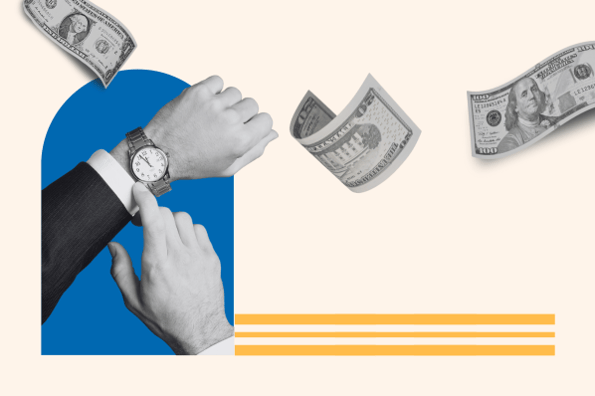
![Free State of Marketing Report [Updated for 2023]](https://no-cache.hubspot.com/cta/default/53/b0f73a5e-16e4-41fd-9511-8564efc560a7.png)
What is the scarcity principle?
How does scarcity impact demand?
Scarcity Principle in Marketing

7 Brands That Used the Scarcity Principle to Promote and Sell Products
1. Nike
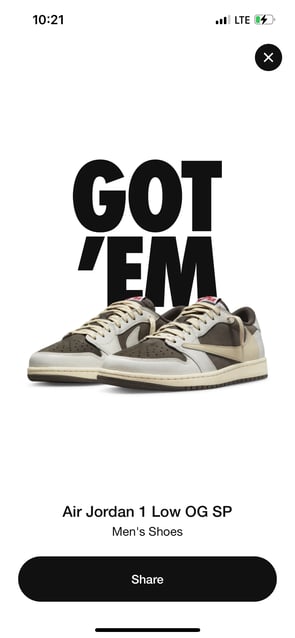
2. Snap Inc.
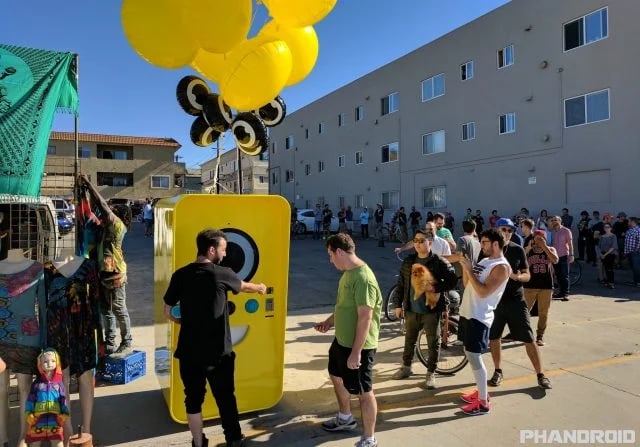
3. Nintendo
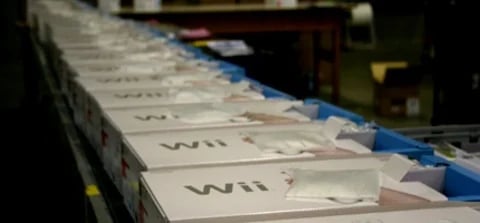
4. Starbucks
5. Girlfriend Collective
6. Groupon
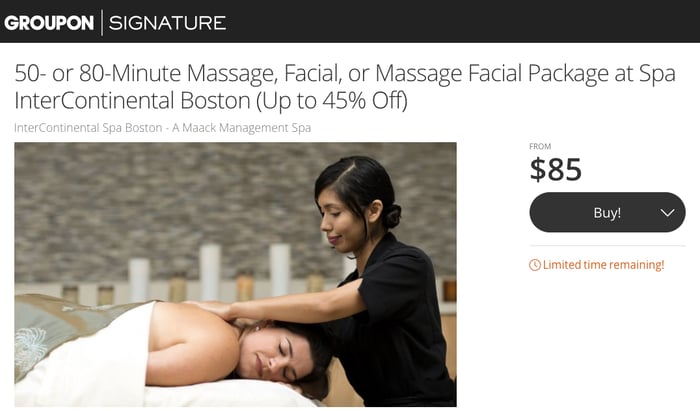
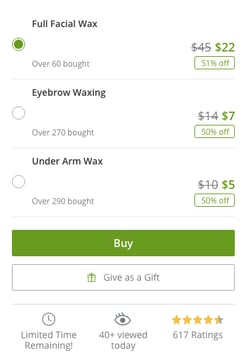
7. TOMS
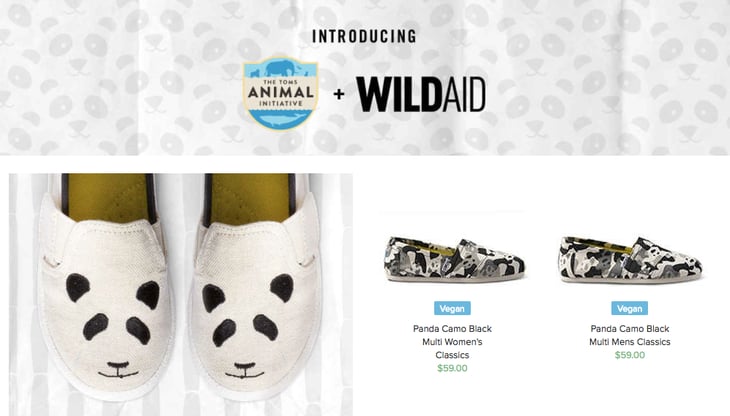

Sometimes, Less Is More

 MikeTyes
MikeTyes 











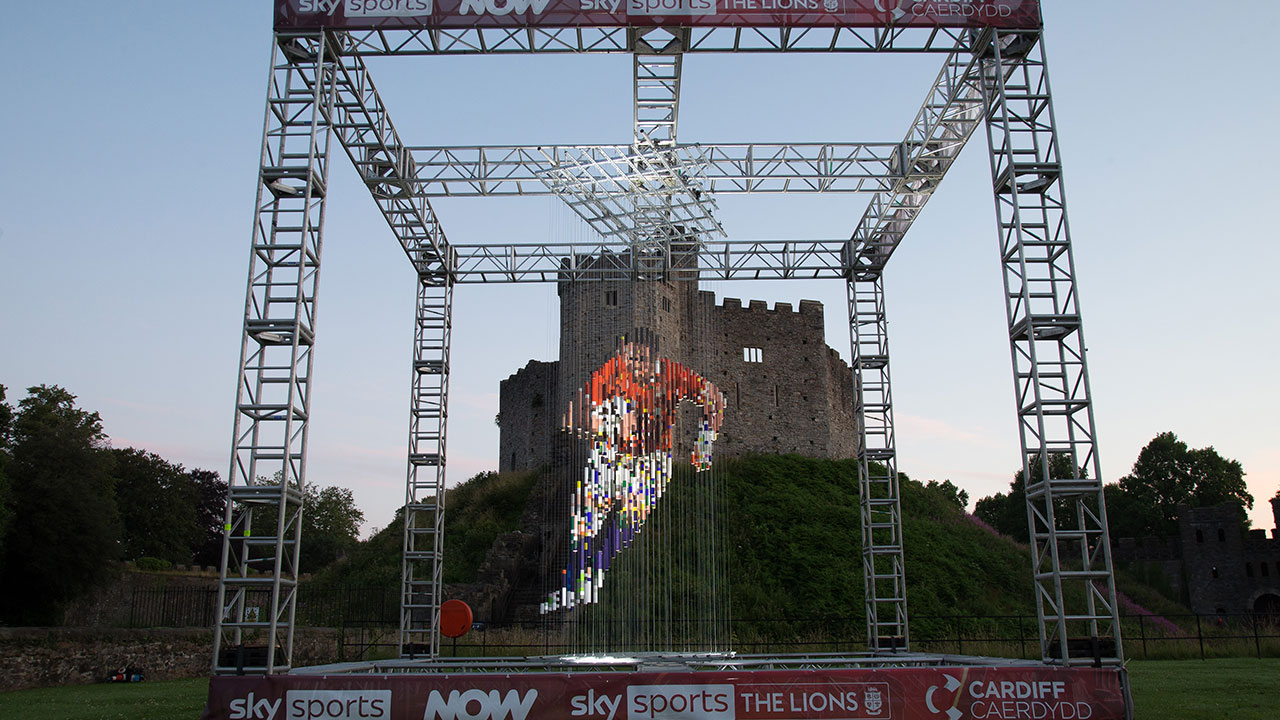
![The State of Content Marketing in 2022 [Stats & Trends to Watch]](https://blog.hubspot.com/hubfs/state-content-marketing-infographic-2019.jpg#keepProtocol)
_1.png)


















